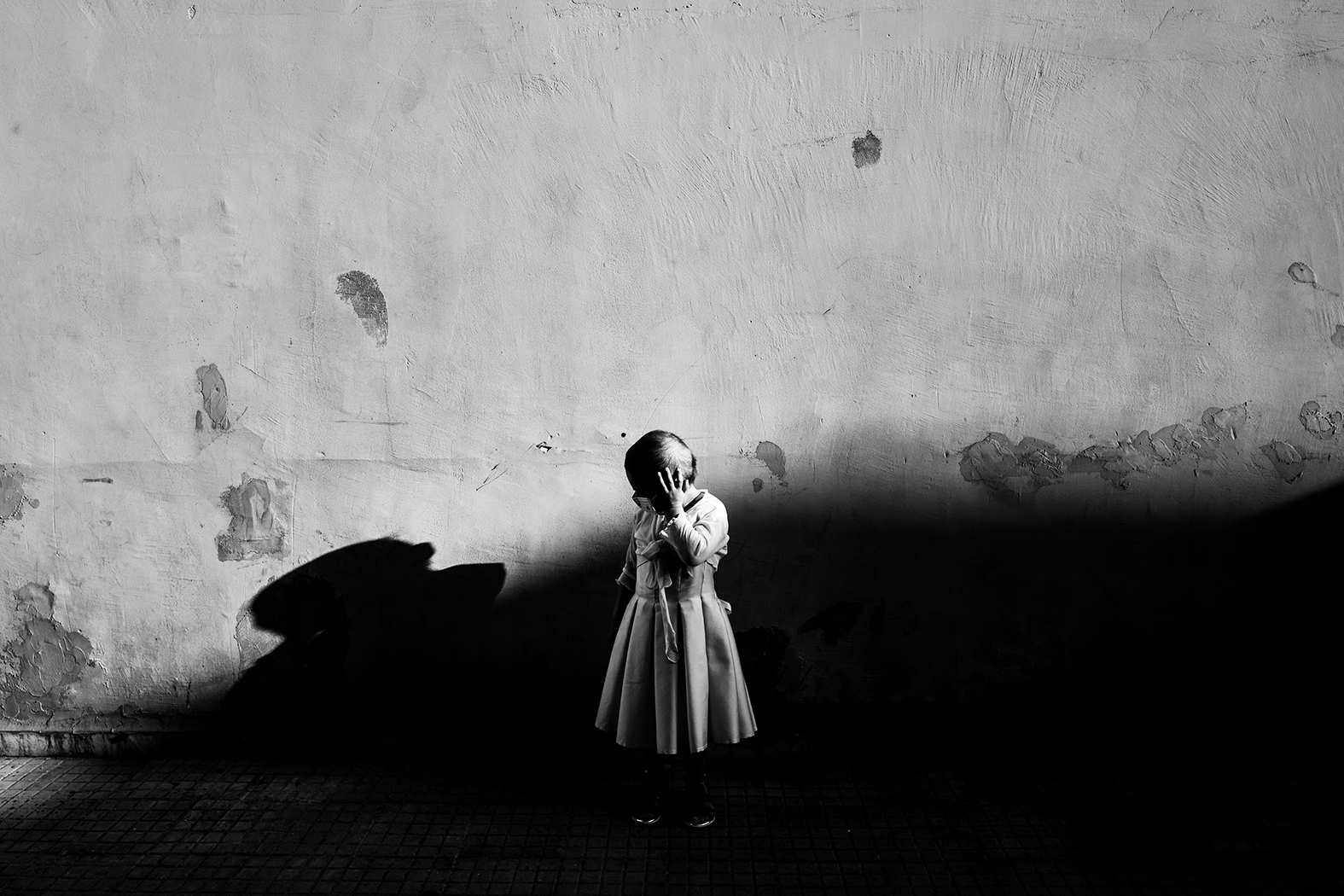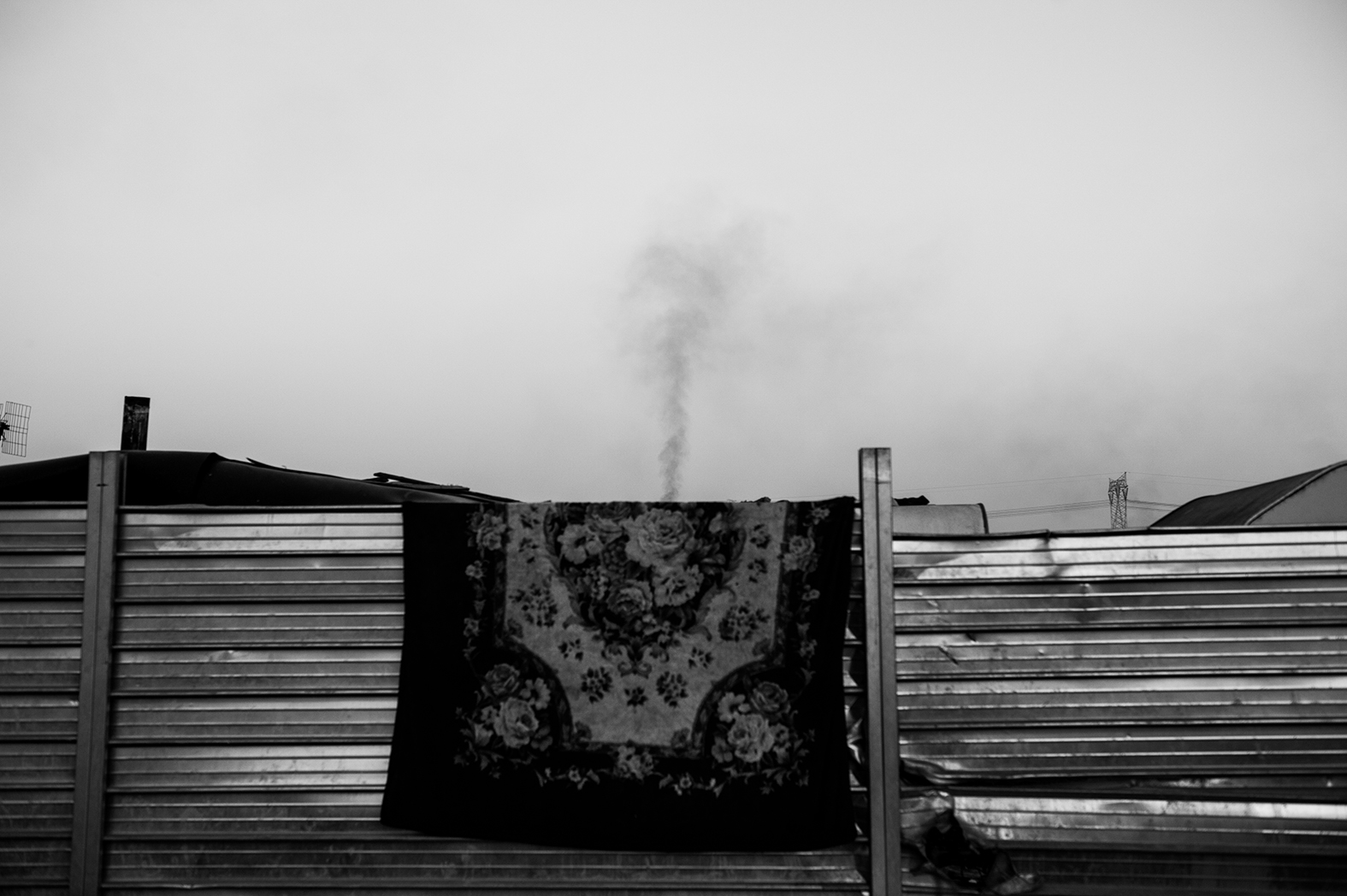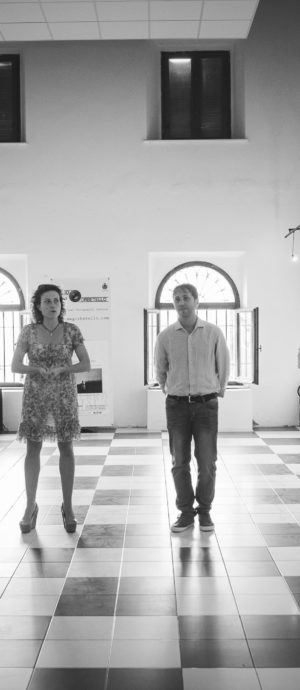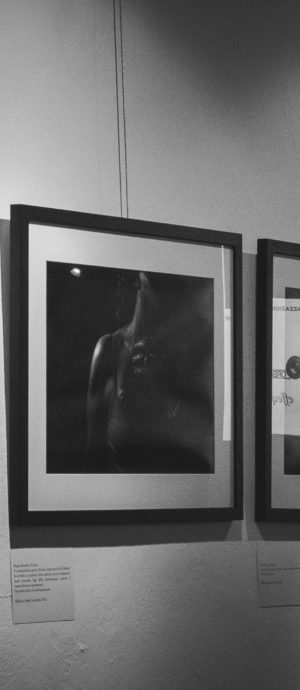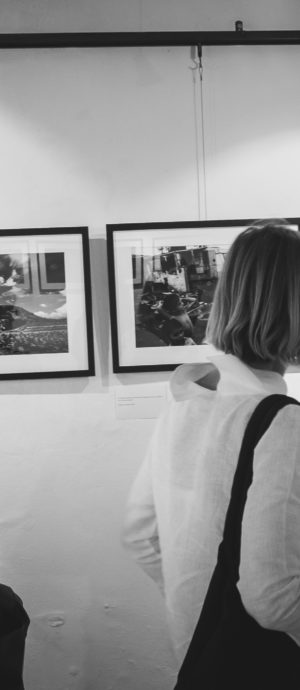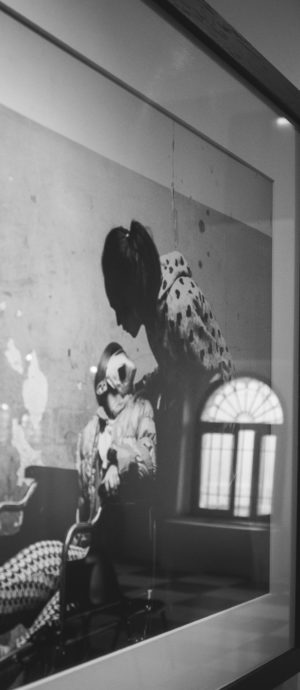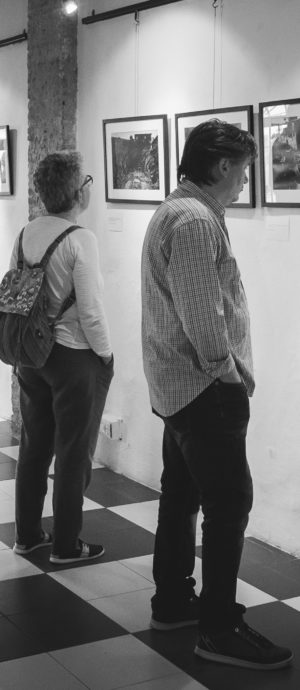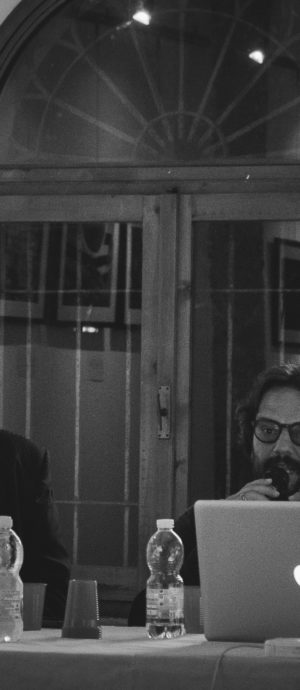Stefano Schirato
TERRAMALA
“I don’t think anyone will survive,” said Schiavone, repentant, in his secret testimony. “In Casapesenna, Casal di Principe, Castel Volturno, the inhabitants are all at risk of dying from cancer within twenty years.” Schiavone was former treasurer of Casalesi clan (a Mafia-type clan). The clan is based in Casal di Principe and have been controlling Caserta and most of the territory of the so-called “Land of fires”: an area in Campania, involving 55 municipalities situated among the Caserta and Naples provinces, sadly known for being the most polluted area of this region, due to millions of toxic waste that have been illegally dumped here over the past 20 years.
National and international industries have been illegally disposing hazardous waste thanks to deals with local politicians and the Camorra, cutting down the enormous costs of legal disposing.
Waste is not only buried underground, in fields where agriculture and farming are present, but also incinerated (that’s why it’s called Land of fires).
This is the greatest environmental disaster in Italy, affecting not only soil, and the related products of agriculture and breeding, but also the aquifer. The presence of leachate flowing underground; poisons filling up enormous caves; the air unbreathable due to miasmas and the smoke coming from pyres set on fire. Day by day, the lives of people living near the dumping sites are put at risk, especially the lives of children and young people.
SPECS
Number of photographs: 40 B&W photographs
Size: ranging from 30 x 45 cm to 50 x 70 cm
Type of prints: digital prints on Pearl Ultra White paper
Stefano Schirato was born in Bologna in 1974, where he graduated in Political Sciences.
He has been working as a freelance photographer with a keen focus on social themes.
After several reportages covering topics such as the condition of children living in the sewers of Bucharest, he was awarded with a scholarship to take part in a course with Magnum photographer Paolo Pellegrin.
In 1999, together with the Non-Governmental Organization New Humanity and in support of Emergency, he proposed to witness the drama of landmines in Cambodia. This work gave birth to his first book, Gli occhi della Cambogia, with a preface by Ferdinando Scianna.
Starting from 2000 he devoted himself to a long-term project about seized ships which was to take him, over the following two years, in various mediterranean harbours in order to document the life of maritime prisoners on board.
In 2002 he met the Oscar-winning film director Giuseppe Tornatore, who examined his images and encouraged their publication.
The same year, the publisher Silvana Editoriale launched his new book titled Né in terra, né in mare (neither on sea nor land) with an essay by Tornatore.
In the last years has been divided between social issues and still photography and backstage of Tornatore’s movies.
His works have appeared on Vanity Fair, Panorama, D La Repubblica delle Donne, Il Manifesto, International Herald Tribune, New York Times, Cnn, Le Figaro Magazine, Washington Post, Geo International.




